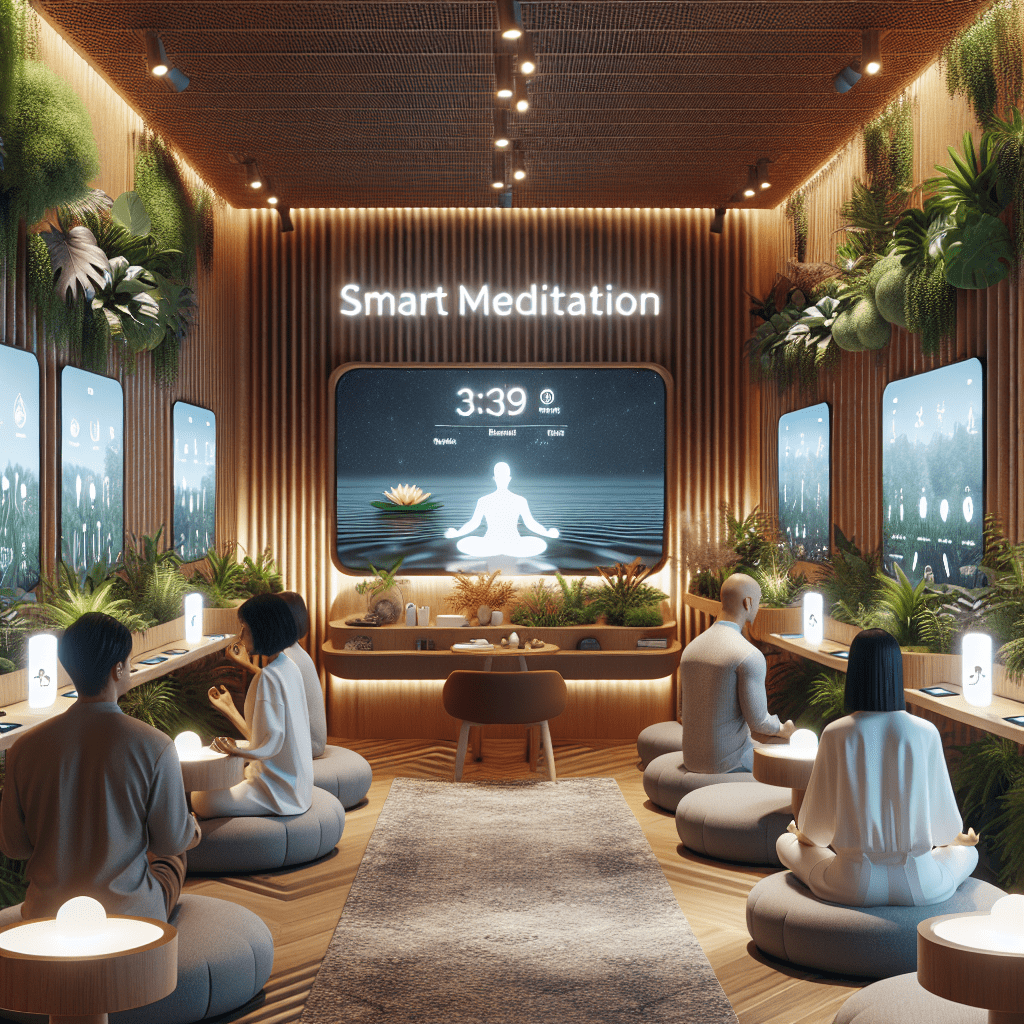
Prioritize your mental well-being daily. Enhance your life by nurturing your mental health with the Smart Meditation app. Break free from stress, alleviate anxiety, and enhance your sleep quality starting today.
What Is The Worst Type Of Anxiety?
Decoding the Labyrinth of Anxiety Disorders: Unearthing the Most Daunting Variant
In the multifaceted world of mental health, anxiety stands as a towering beacon, casting long shadows over the lives of many. This invisible adversary morphs into various forms, each with its unique set of challenges and characteristics. But when it comes down to brass tacks, one question inevitably surfaces: What is the most formidable type of anxiety?
Under the Microscope: Dissecting Anxiety Disorders
Before we dive into the crux of the matter, let’s set the stage by quickly running through the usual suspects in the lineup of anxiety disorders. From the pervasive unease of Generalized Anxiety Disorder (GAD) to the heart-pounding panic of Panic Disorder, and from the social phobias causing individuals to shy away from human contact to the obsessive-compulsive behaviors locking people in a loop of their own thoughts, the spectrum is broad. Yet, amid this congregation of worry and fear, one variant often stands out for its complexity and severity: Post-Traumatic Stress Disorder (PTSD).
PTSD: The Silent Goliath
You see, while GAD might have you fretting over every day, run-of-the-mill scenarios, and social anxiety might stop you from socializing at parties or public events, PTSD is a whole different ball game. Stemming from a traumatic experience, be it a one-off event or prolonged exposure to stress triggers, PTSD encapsulates the essence of fear and takes it to an extreme.
Now, you’re probably wondering, “But why does PTSD take the cake?” Well, let me tell you, it’s not because the other forms of anxiety are a walk in the park. They’re not. But PTSD, with its unique blend of symptoms, encompasses aspects of many other anxiety disorders while adding its own sinister spin to the mix.
The Visage of PTSD:
- Flashbacks and Nightmares: Imagine being ambushed by your own memories, thrown into reliving your worst moments without notice. That’s the reality for many with PTSD.
- Avoidance: Stepping out of the house? Engaging in trivial tasks? Not so simple when ordinary places, people, or activities catapult you back into the depths of your trauma.
- Hyperarousal: This is akin to living in a constant state of ‘fight or flight’, with your nerves wound tighter than a drum, always on edge for the next attack that your mind anticipates but might never come.
From Theory to Terrain: Navigating the Impact of PTSD
The impact of PTSD extends beyond the individual, radiating outwards to touch every facet of their life. Relationships strain under the weight of misunderstood outbursts and withdrawal, careers falter as concentration diminishes, and the joys of life dim as pleasure becomes a concept from a bygone era.
And let’s not forget – PTSD doesn’t discriminate. It can hit the bravest of the brave, from military veterans to first responders, and it can just as easily impact someone who’s experienced personal trauma, such as abuse or a near-death experience.
The crux of the matter? It’s the pervasive, insidious grip PTSD has on both the psyche and the everyday reality of those affected that marks it as a particularly daunting form of anxiety. It’s a reminder that, sometimes, the mind’s battle scars are the deepest and most challenging to heal.
Stepping Into the Light: The Path to Healing
Peering into the abyss of PTSD might leave many feeling despondent, but it’s crucial to remember that hope is far from lost. The path to recovery, though winding and fraught with challenges, is paved with resilience, support, and the right therapeutic interventions. From Cognitive Behavioral Therapy (CBT) and Eye Movement Desensitization and Reprocessing (EMDR) to medication and support groups, the toolbox for treating PTSD is both varied and effective.
In conclusion, grappling with the question of which type of anxiety ranks as the worst is akin to comparing apples and oranges. Yet, the complex tapestry of symptoms that PTSD weaves, coupled with its profound impact on one’s life, certainly places it in a league of its own. The journey through the storm may be tumultuous, but the resilience of the human spirit, paired with advances in mental health support, lights the way toward calmer shores.





